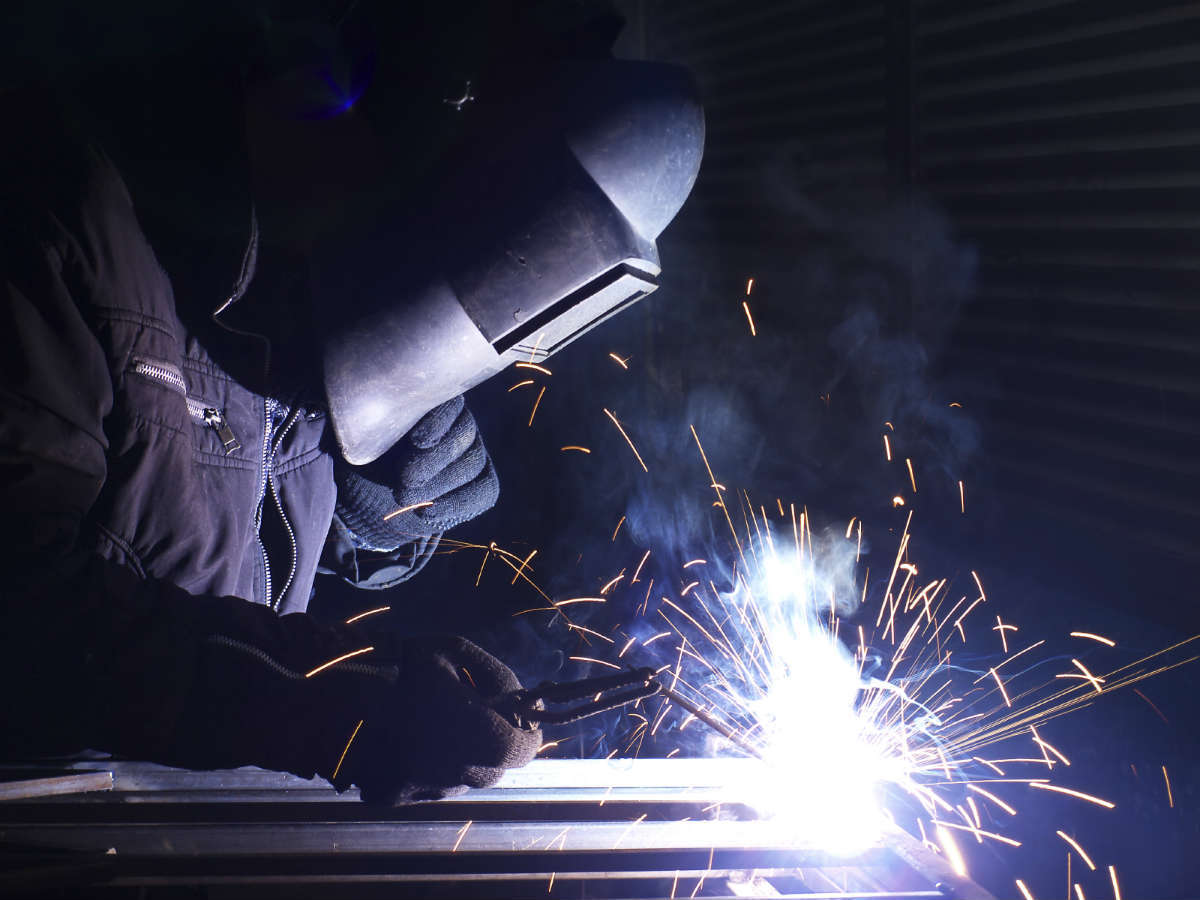Workers who have suffered an injury in a welding accident may qualify for Missouri workers compensation benefits.

In many industries, cutters, brazers, solders, and welders are used to weld together metal parts. According to figures released by the Bureau of Labor Statistics, in 2010, there were 337,300 welders working in the U.S. Of them, 61% worked in the manufacturing industry, while 11% worked in the construction industry.
A High Risk of Injury
There are other types of workers as well who work with welding tools in their occupation, such as iron workers and pipe fitters. Due to prolonged exposure to welding hazards, these workers are at a high risk of getting injured at the workplace. Every year, thousands of such workers suffer eye injuries.
Types of Welding Injuries
Workers in industries that involve welding are exposed to numerous hazards. Laser, arc, and torch welding produce radiation that can be harmful to the eyes and can cause skin burns. Welding also produces hot sparks and shards of metal, which can be extremely dangerous. Some of the most common welding injuries include:
- Eye injuries: Welders are exposed to a high risk of eye injuries caused by ultraviolet radiation. They are also exposed to bright visible light. This exposure can cause damage to the eye surface, membrane, or retina and these injuries can lead to long-term complications such as cataracts or even blindness.
- Skin injuries: Due to the UV radiation that some types of welding emit, a worker can suffer skin burns. This can happen either from direct exposure to radiation or from radiation reflected off the surface. Long-term exposure to UV radiation can lead to skin cancer.
- Fume injuries: Welding produces fumes that contain solid particles, which can accumulate in the lungs. Depending on the metals used for welding, the composition of the particles varies. With long-term exposure, these fumes can cause a variety of health problems, such as kidney damage, bone and joint disorders, lung problems, nervous system disorders, and even cancer.
Ensuring Worker Safety While Welding
Due to the dangerous elements involved in welding, it is essential to wear protective gear and ensure proper ventilation of the workplace in order to stay safe. There are strict OSHA guidelines required of employers in order to minimize any welding injuries to their employees. These guidelines include:
- Protective eye wear: Workers should wear helmets, shields, and goggles in order to protect their eyes.
- Protective clothing: This protects the skin from burns and from exposure to radiation.
- Proper ventilation: In order to protect welders from dangerous gases, work spaces should be properly ventilated for welding.
Workers Compensation Lawyers St. Louis
If you have suffered injuries caused by a welding accident, you may qualify for benefits under the Missouri workers’ compensation system. If you face any problem in getting the benefits you deserve, contact a Missouri workers’ compensation lawyer from The Law Office of James M. Hoffmann. Call us at (314) 361-4300 for a free case evaluation.
Workplace Injury and Accident Causes
Asbestos Exposure
Asbestos Removal
Second Hand Asbestos Exposure
Sexual Assault Workplace
Physical Assault at Workplace
Workplace Injuries Assembly Line
At Fault Accident
Workplace Attack
Benzene Exposure
Injured on Lunch Break
Building Collapse
Workplace Bullying
Chemical Exposure in the Workplace
Chemical Hazards in the Workplace
Cold Stress in the Workplace
Combustible Dust Explosion
Computer Use
Construction Site Accident
Conveyor Belt Accident
On the Job Injury Cause by Coworker
Crane Accident
Injuries from Desk Jobs
Diesel Exhaust Fumes Exposure
Digging Injury
Breaking Company Policy
Drowning at Work
Workplace Drug Use
Electrical Workplace Accidents
Elevator Accident
Equipment Accident
Ergonomics in the Workplace
Excessive Overtime
Workplace Explosion
Extreme Danger
Fall at Work
Fire in the Workplace
Slicer Accident
Forklift Accident
Walk in Freezer
Gas Pipeline Accident
Hard Work
Workplace Hazardous Substances
Hazardous Equipment in the Workplace
Heavy Machinery Accident
Horseplay in the Workplace
Danger at Workplace
Insomnia in the Workplace
Jumping Accident
Ladder Falls at Work
Loading Dock Accident
Machinery Accident Workplace
Equipment Failure Accident
Mining Accident
Mold in the Workplace
Nail Gun Accident
Workplace Noise
Non Collision Accident
Heavy Objects
Workplace Office Equipment
Opioid Use
Injury at Work Due to OSHA Violation
Overexertion Injuries at Work
Use of Pain Killers
Power Tool Injury
Inadequate PPE
Repetitive Motion Injuries in the Workplace
Mansfield Bar
Scaffolding Accident
Secondhand Smoke in the Workplace
Side Effects
Silica Exposure
Sleep Disorder
Slip and Fall Injuries in the Workplace
Stairs at Work
Struck by a Vehicle
Tar Fumes
Toxic Chemical Exposure
Toxic Fumes in the Workplace
Car Accident While Working
Trench Collapse
Trips at Work
Unsafe Working Conditions
Workplace Violence
Welding Injury
Winter Hazards in the Workplace
Working Shifts
